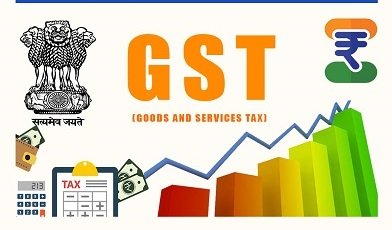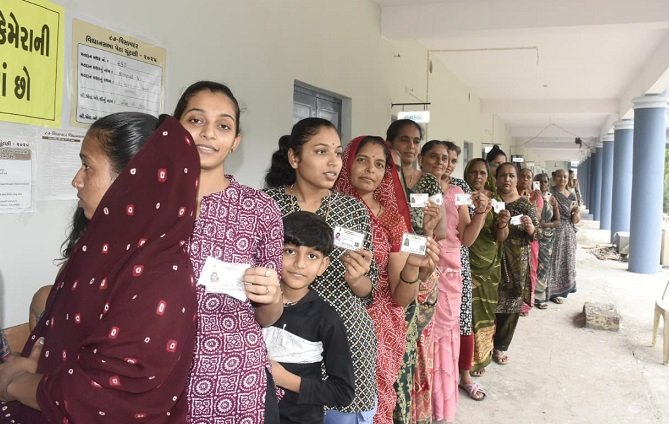Last Updated on August 22, 2025 6:40 am by BIZNAMA NEWS
R. Suryamurthy
India is preparing for its most significant tax reform since the launch of the Goods and Services Tax (GST) in 2017. Branded as “GST 2.0,” the overhaul seeks to simplify the current four-tier structure into just two broad slabs: 5% for essentials and 18% for most other goods and services. A steep 40% rate would apply only to luxury and “sin” items, while the minor 0.25% and 3% slabs would cover less than 1% of goods.
This restructuring would shift most items now taxed at 12% to 5%, and nearly 90% of goods at 28% down to 18%, a move the government says will spur consumption, ease compliance, and even help cool inflation.
Revenue Risks and Divergent Projections
The fiscal implications remain hotly debated. SBI Research estimates a modest annual loss of ₹85,000 crore, cushioned by higher consumption and a healthy cess fund. IDFC First Bank, however, warns of a revenue hole as large as ₹1.8 trillion—0.5% of GDP—hitting states hardest once the compensation cess ends in March 2026. UBS Securities strikes a middle note, projecting a ₹1.1 trillion shortfall, offset partly by the RBI’s recent record dividend.
Insurance in Spotlight
A major proposal is exempting life and health insurance premiums from GST. Proponents say premiums could drop by 18%, boosting penetration among middle-class households. Yet experts caution that investment-linked policies like ULIPs may see limited benefit, and insurers could lose input tax credit, squeezing margins and complicating how much relief actually reaches policyholders.
Inflation Outlook and Political Roadblocks
The Centre claims the reform could lower CPI inflation by 20–25 basis points; some analysts see a sharper fall, while others warn that moving select goods into the 40% slab could create price pressures.
Ultimately, while GST 2.0 promises simplicity and consumer relief, states fear a fiscal squeeze and loss of autonomy. The upcoming GST Council meeting in September will be crucial in deciding whether the reform becomes a breakthrough or a gamble with India’s federal balance.




